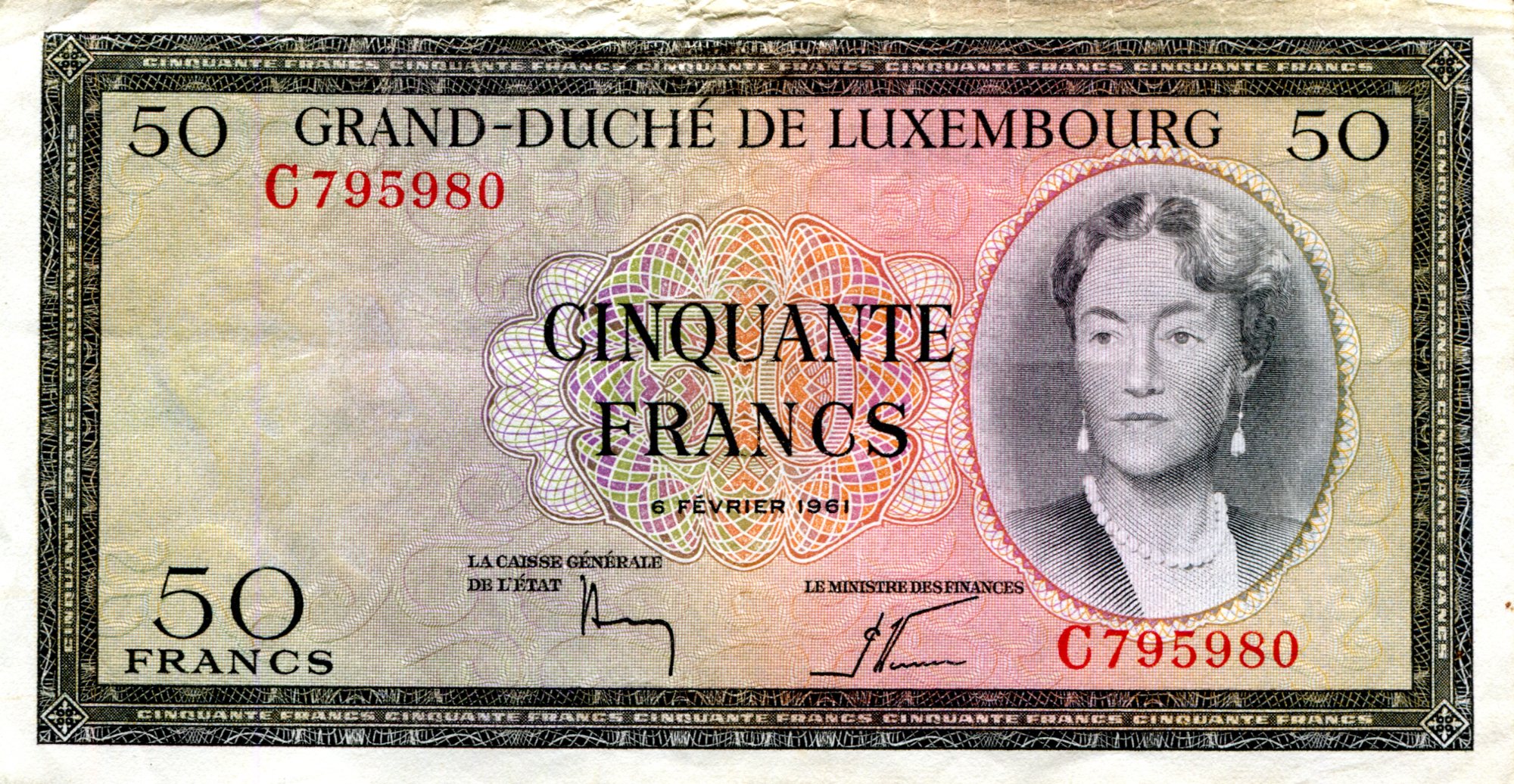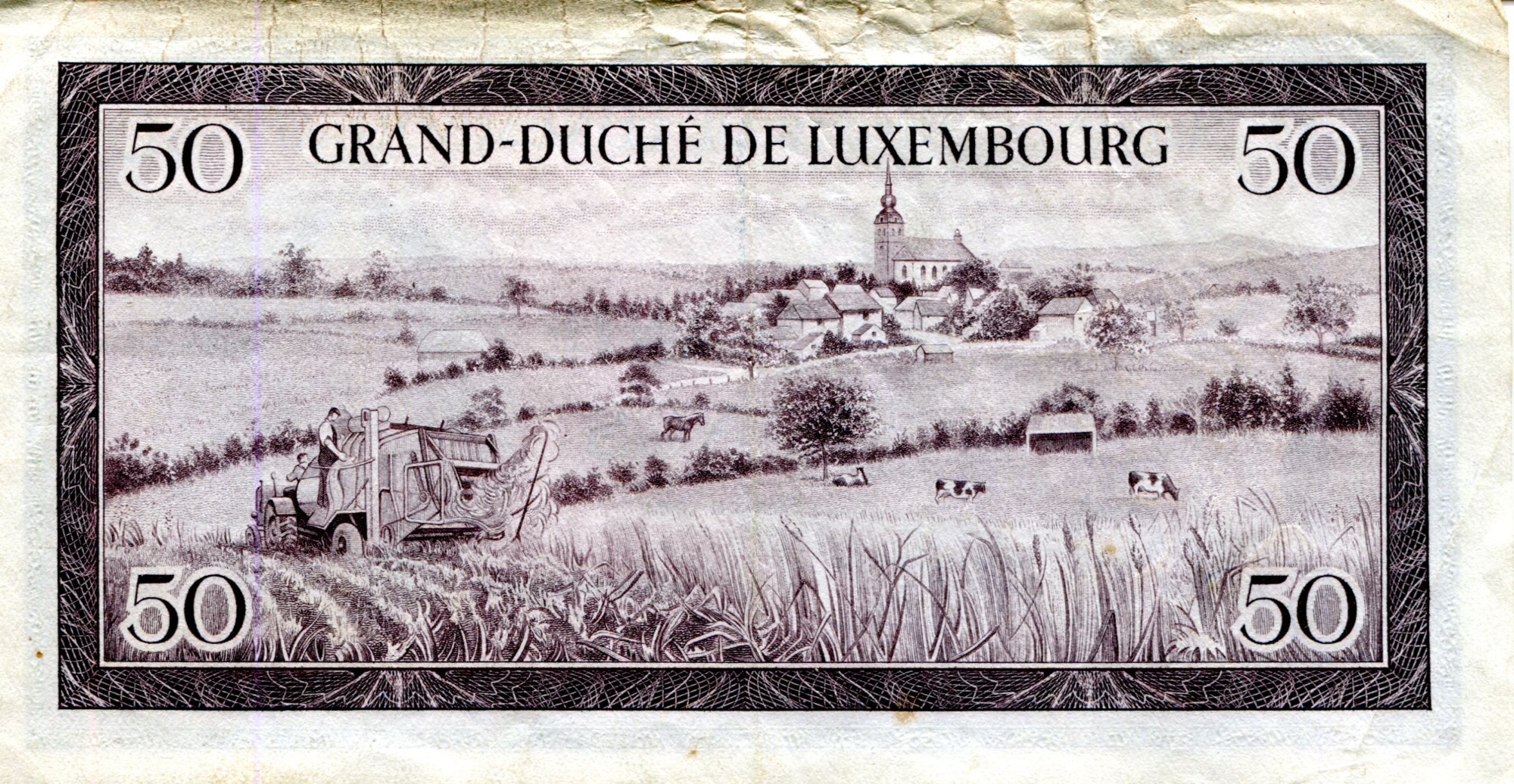In the fourth or fifth grade, a number of us kids were looking at close range at a map of Europe being held up by one of our teachers, and she asked whether we could find Belgium on the map. I’m not sure why she picked that country. Maybe because it wasn’t one of the more famed places that one of us might conceivably know, such as the UK or France or (West) Germany. Maybe she wanted to show us that Europe had other places besides the big countries.
Boom! I pointed my finger right at Belgium. I might have even tapped the map accidentally. I think she was surprised, but she didn’t know my map gazing habits, especially the atlas included with our encyclopaedia set, but also road maps and whatever else we had in the house.
So I knew about the Low Countries. Even more interesting than Belgium, I thought, was Luxembourg. Tiny Luxembourg got to be its own country. How about that. As fascinated as I was with maps in those days, I might not have realized there were even smaller European countries, though of course I learned about them eventually.
In my currency envelope, I have a 50 franc note, long demonetized, from the Grand Duchy, dated 1961.

It might actually be worth something in mint condition, but it’s worn and slightly torn, especially on the top edge of the note. That’s a sign that it was in one wallet for a long time, or a lot of wallets for a long time, with the note facing upward.
That’s Grand Duchess Charlotte on the obverse. She had a long reign, 1919 to 1964, and an even longer life, 1896 to 1985. Her grandson Henri is grand duke these days.

The reverse depicts one-quarter of the area of Luxembourg. Just kidding. But it is a pretty small country after all (I wasn’t wrong as a kid), at a shade less than 1,000 square miles. Rhode Island is larger. So is Brewster County, Texas — actually more than six times the size of Luxembourg — as are a lot of other places.